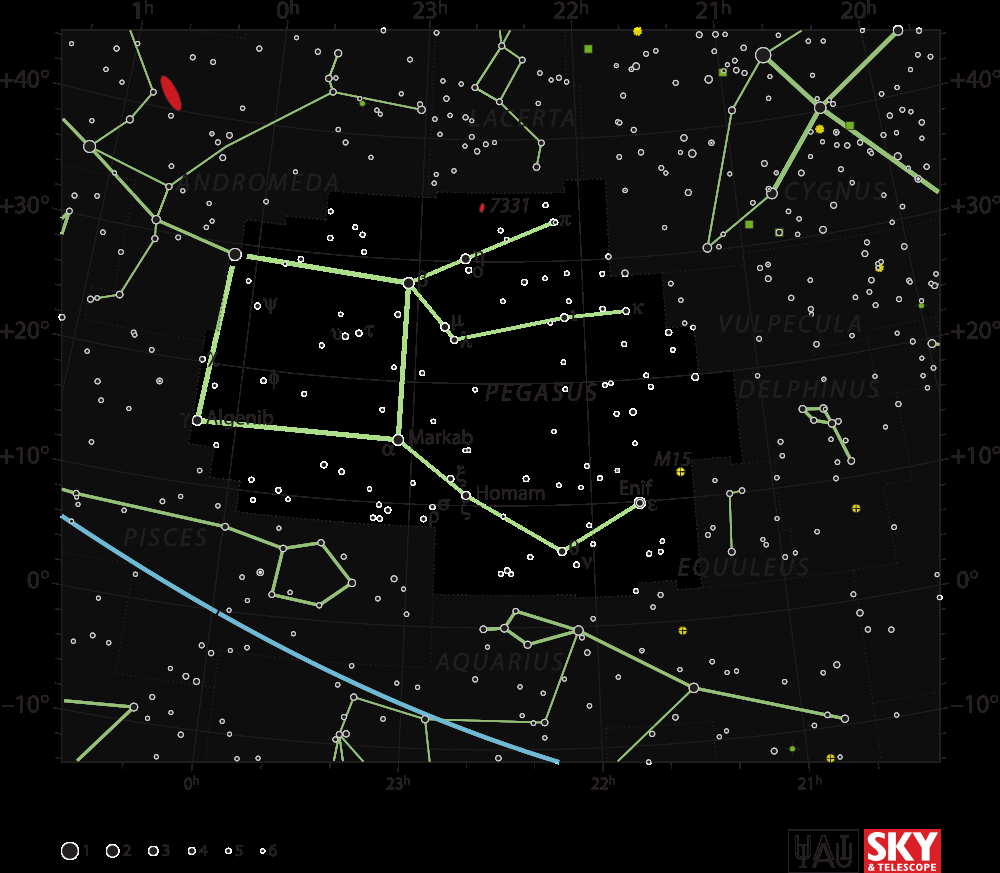
By IAU and Sky & Telescope magazine (Roger Sinnott & Rick Fienberg) [CC-BY-3.0], via Wikimedia Commons
"The Winged Horse"

By IAU and Sky & Telescope magazine (Roger Sinnott & Rick Fienberg) [CC-BY-3.0], via Wikimedia Commons
Abbreviation: Peg
Genitive: Pegasi
Constellation family: Perseus
Nearest constellations: Andromeda, Aquarius, Cygnus,
Delphinus, Equuleus, Lacerta, Pisces,
and Vulpecula
Right ascension: 22.75h
Declination: 19.53°
Visible between latitudes: +90° and -60°
Square degrees: 1121
Luminary: Enif (Epsilon Pegasi)
Named stars: Enif, Markab, Scheat, Algenib, Matar, Homam, Sadalbari, and Biham
Notable deep sky objects: M15, NGC 7177, NGC 7331, NGC 7332, NGC 7479, NGC 7742, Stephan's Quintet
Pegasus is the seventh-largest constellation in the sky. It is located in the Northern Hemisphere and is best viewed in October. Pegasus represents the front half of a winged horse oriented upside down. It is often identified by the square formed by three stars in Pegasus and the star Alpheratz from Andromeda which lies on the border of the two constellations.
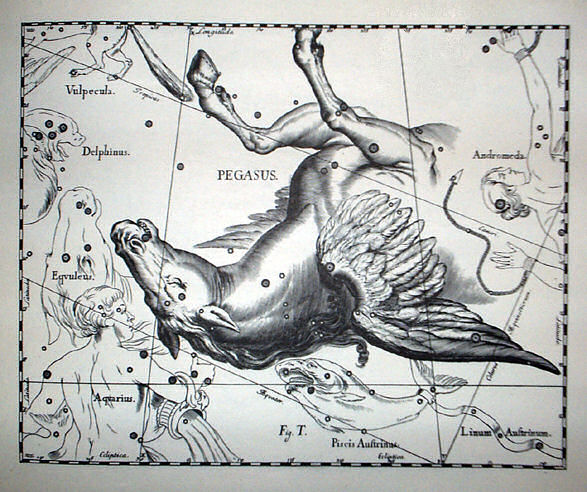
By Johannes Hevelius [Public domain], via Wikimedia Commons
In Greek mythology, Pegasus was the child of Poseidon (or Neptune in Roman mythology) and the Gorgon Medusa, and he was born when Perseus killed Medusa by beheading her. While on his way home and on the back of Pegasus, Perseus saw Andromeda chained to a rock by the sea and rescued her from the sea monster Cetus.
A warrior named Bellerophon later tried to ride Pegasus up to Olympus, the home of the gods, an action that angered Zeus and caused him to send a fly to sting Pegasus in order to stop Bellerophon. The horse bucked and Bellerophon fell to Earth; however, Pegasus continued to Olympus and became the bearer of Zeus's lightning bolts.
Stephan's Quintet (cluster of five galaxies):
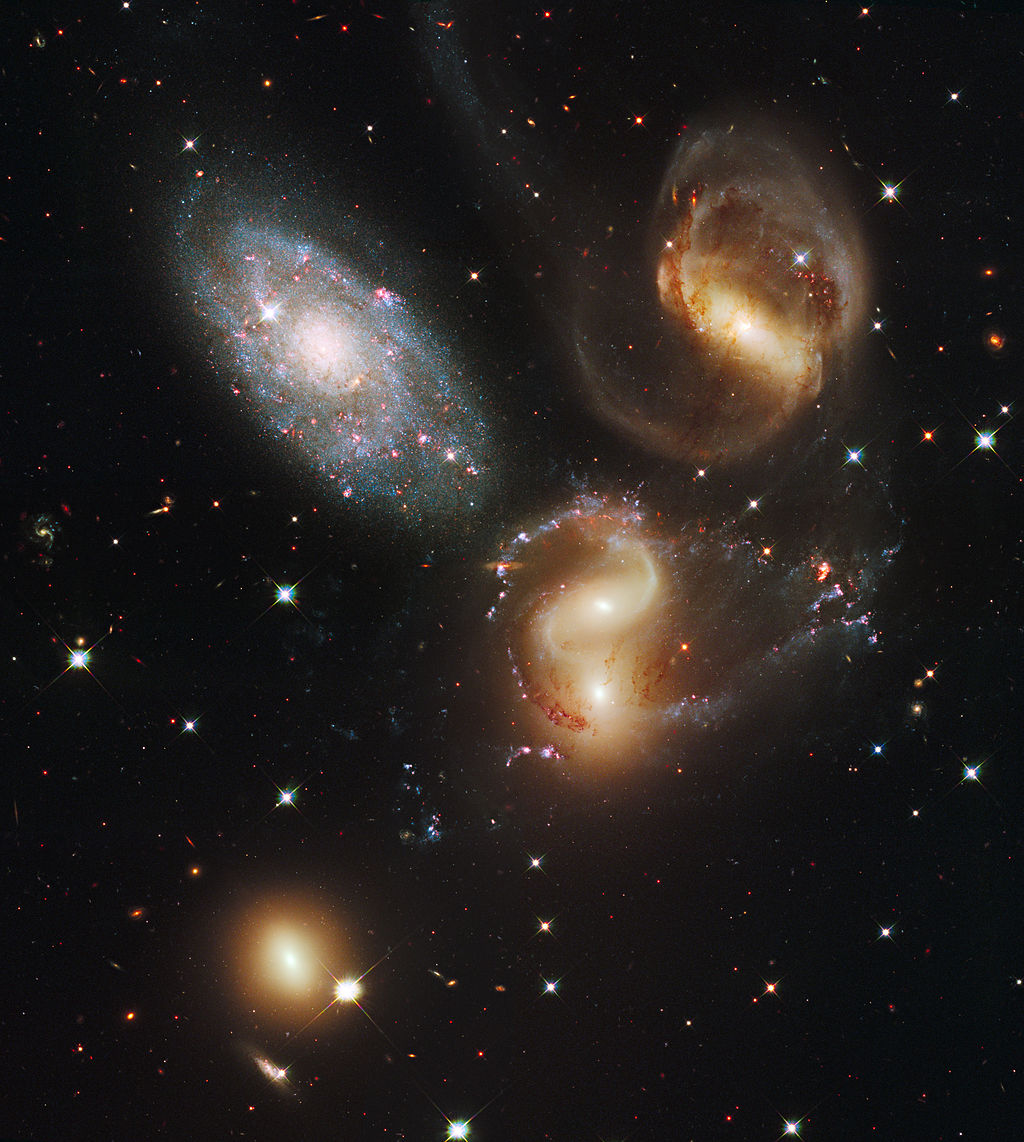
By NASA, ESA, and the Hubble SM4 ERO Team [Public domain], via Wikimedia Commons
NGC 7673 (galaxy):
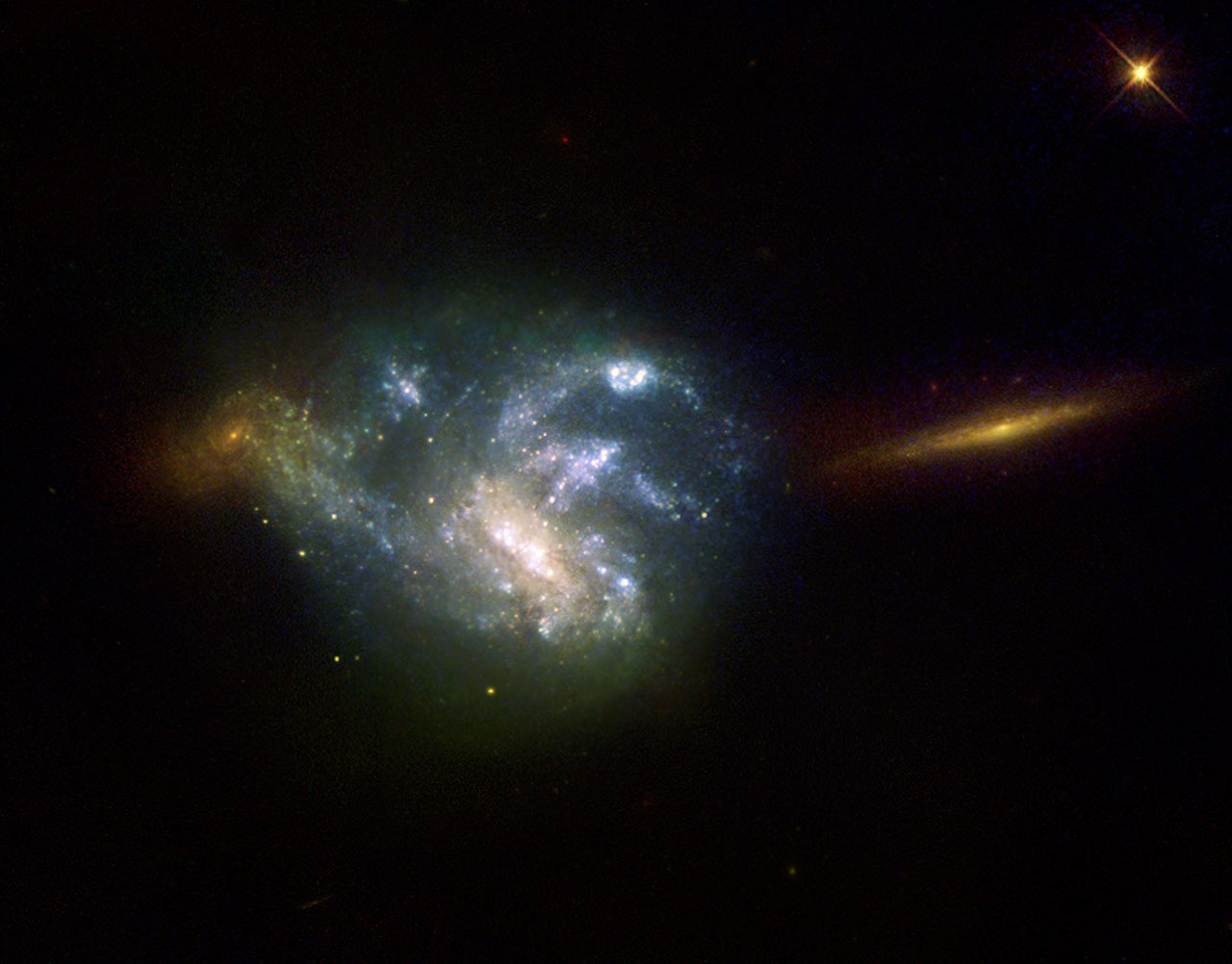
By ESA & Nicole Homeier (European Southern Observatory and University of Wisconsin-Madison) [CC-BY-3.0], via ESA/Hubble
NGC 7217 (spiral galaxy):
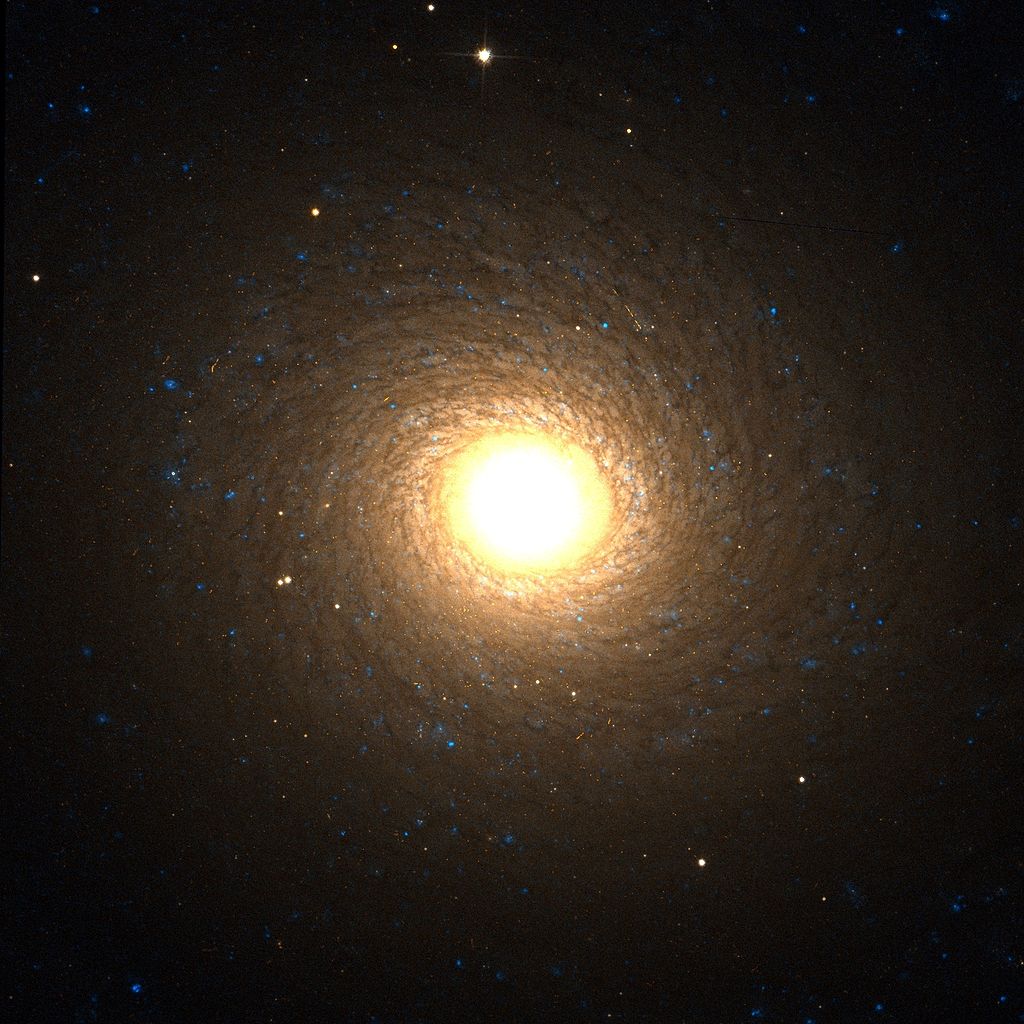
By NASA, STScI, WikiSky (WikiSky's snapshot tool) [Public domain], via Wikimedia Commons
NGC 7479 (the Propeller Galaxy):
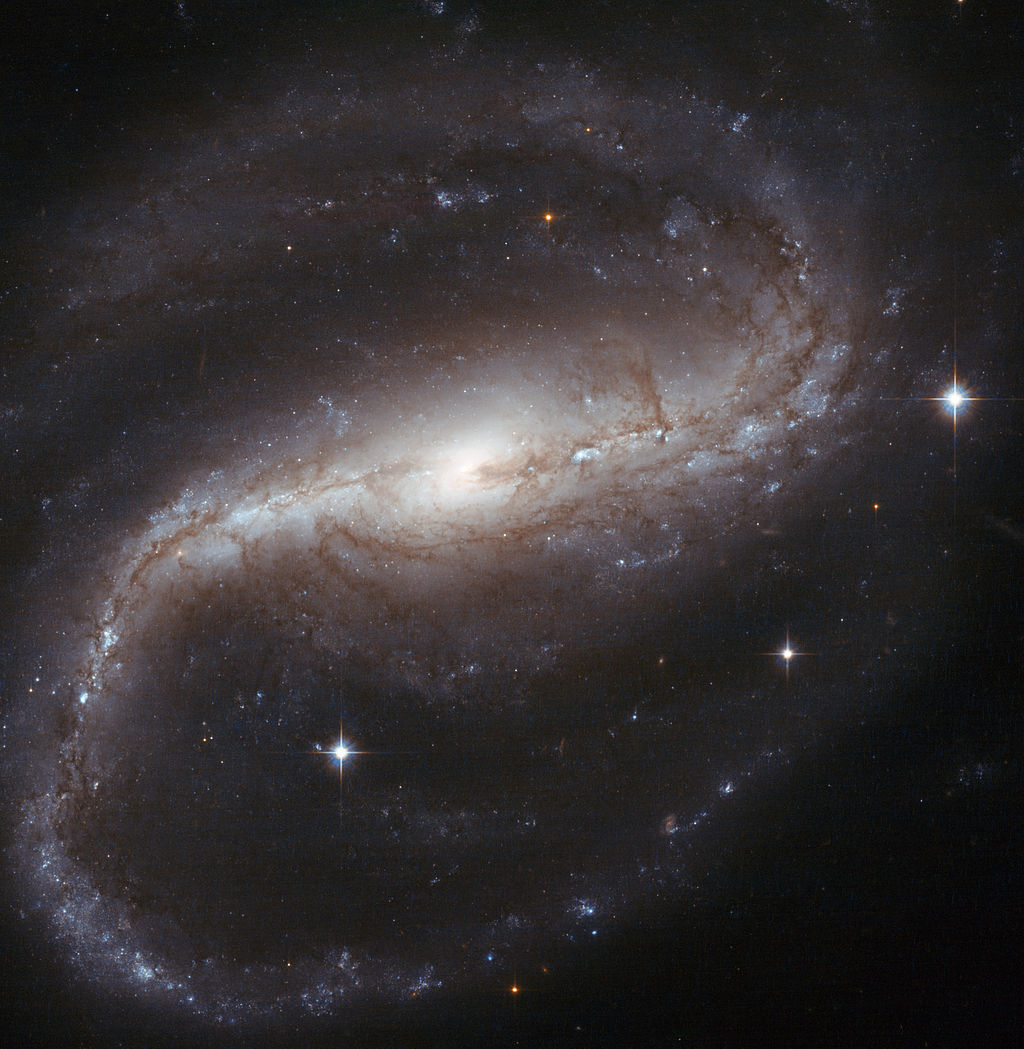
By ESA/Hubble & NASA [CC-BY-3.0], via Wikimedia Commons
NGC 7331, 7335, 7336, and 7337:
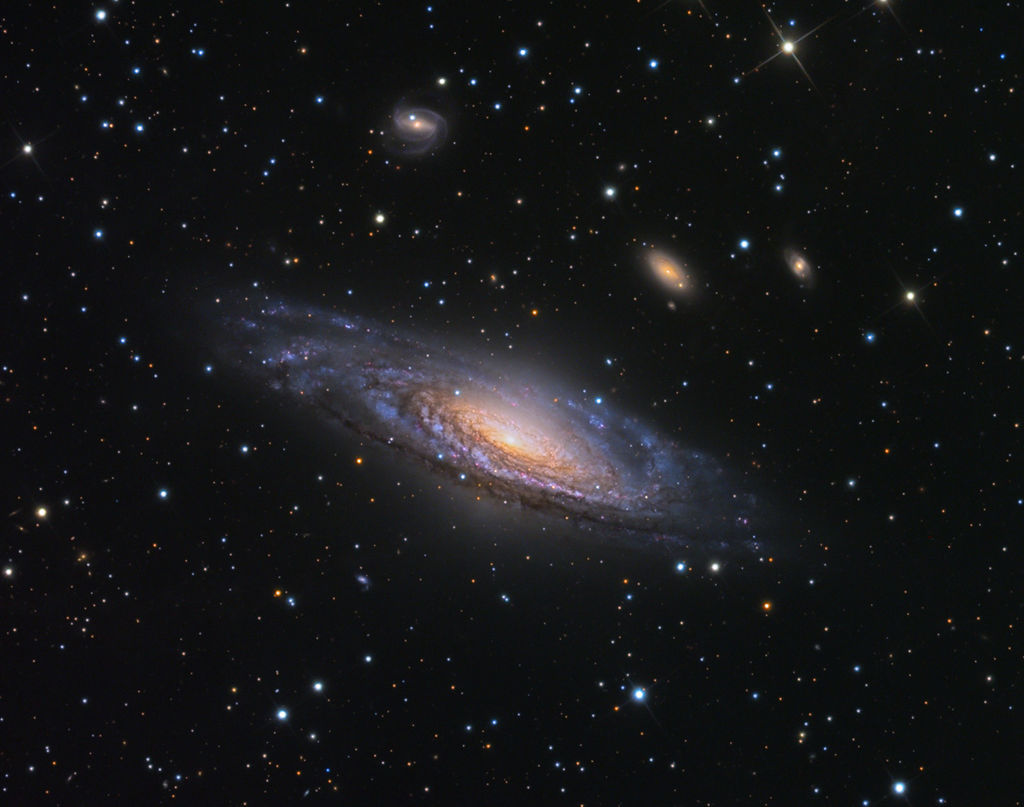
By Adam Block/Mount Lemmon SkyCenter/University of Arizona [CC-BY-SA-3.0-us], via Wikimedia Commons